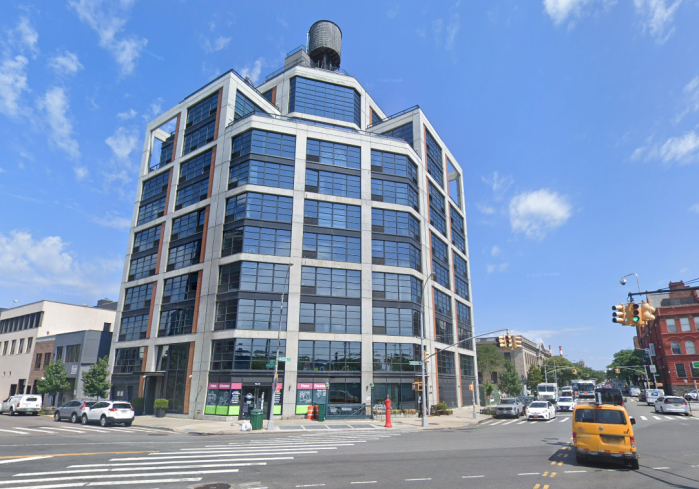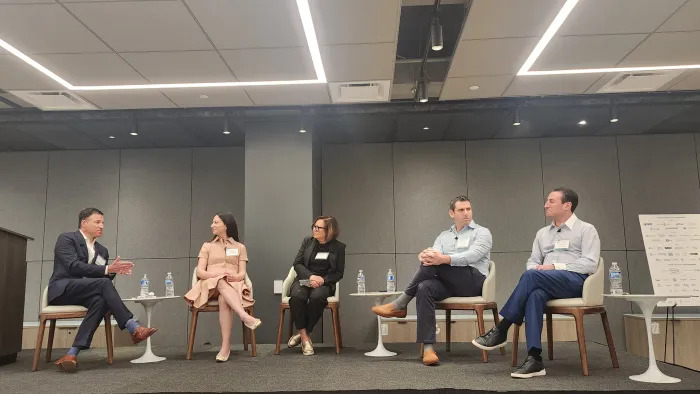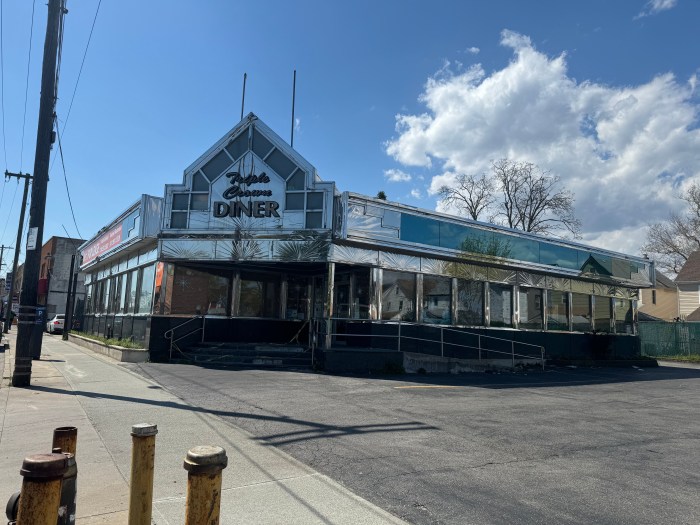A taxi cab fleet owner told that when he first came to NYC in 1986, he drove someone else’s cab, and by 1994, he managed to own two, managing the business best he could after long shift behind the wheel. By the late 1990’s he owned several and using cell phone and computer, he was able to still drive one of the cars, while managing the others from the road. Today, he owns a fleet of 150 taxi cabs, his own maintenance shop and even a towing company. Recently, he purchased his first commercial property, a large, totally renovated warehouse and office inLong IslandCity. The rate of growth: from 1986 to 2001, he went from owning zero to ten cars. From 2001 to 2011, he went from owning ten to 150 cars. How did he do it? He ignored the doom and gloom forecasts after the 9/11 attacks on the WTC, and he utilized mobile technology, not manpower, to manage his business.
Several construction companies I work with have been founded just in the 90s and today its proprietors own hundreds of thousands of square feet of real estate. Every penny they made, they used to acquire real estate. Every time construction business slowed down to a crawl (every recession and bubble), they kept their men busy building on their own lots or renovating their own properties. Steadily, their real estate holdings grew and grew.
I’ve also met some business owners who over the years ended up purchasing buildings they rented, eventually becoming serious property owners. Even those whose business died out completely (garments, printing and most manufacturing in NY) did well by becoming professional landlords, making a transition from owning a business that needed space, to a business that provided space to others.
The folks mentioned above are not 3rd generation real estate families. They did not get into the real estate game as deep-pocketed multi-national companies or wealthy investors. Most of them are first or 2nd generation immigrants who started their careers in the 80s or 90s, many with zero assets at the start line. They are inspiring individuals who, through hard and smart work, and disciplined investing, show the power of real estate as means of building tremendous wealth. And inNew York City, cumulatively, they play a significant role in shaping the market, alongside of government, old and still-powerful real estate families, and institutional investors. They are the middle class of real estate.
































